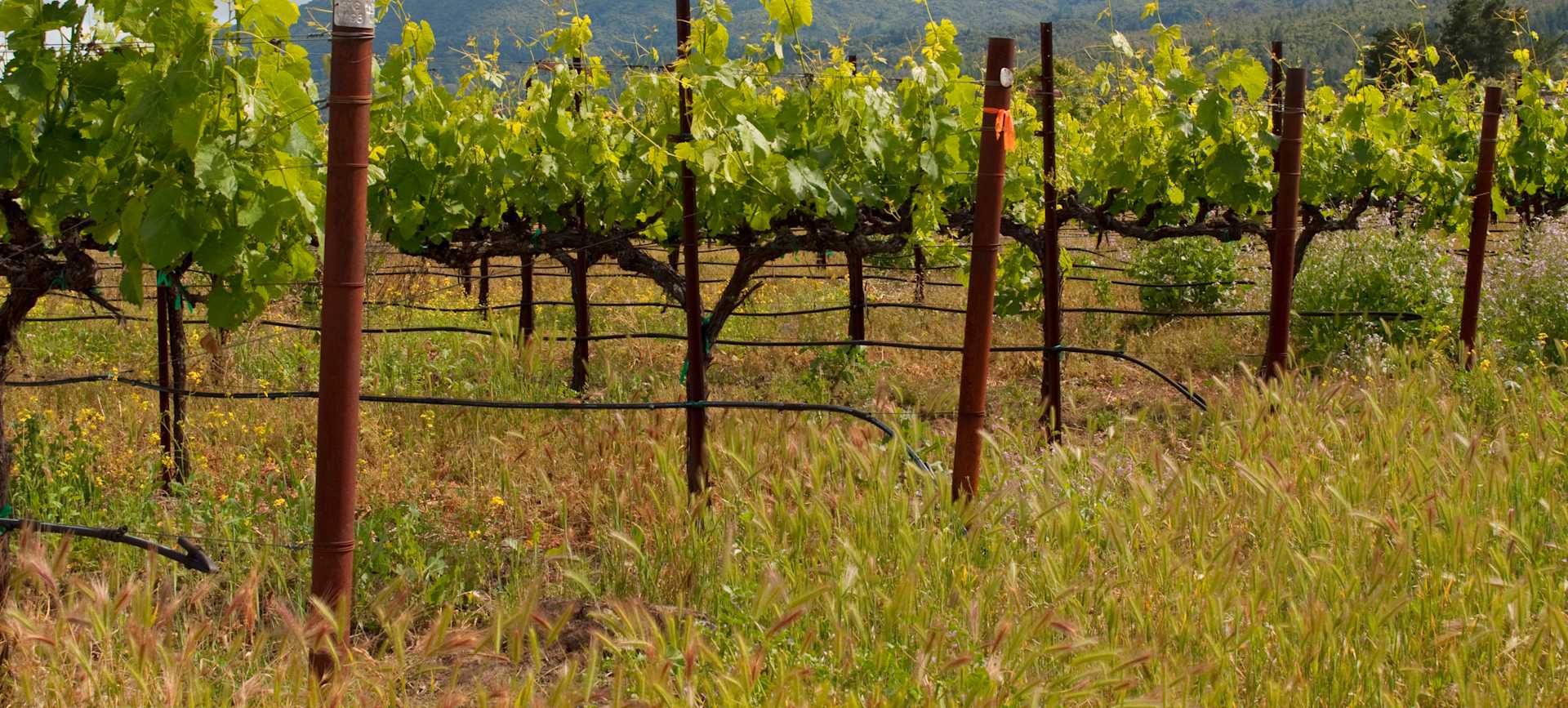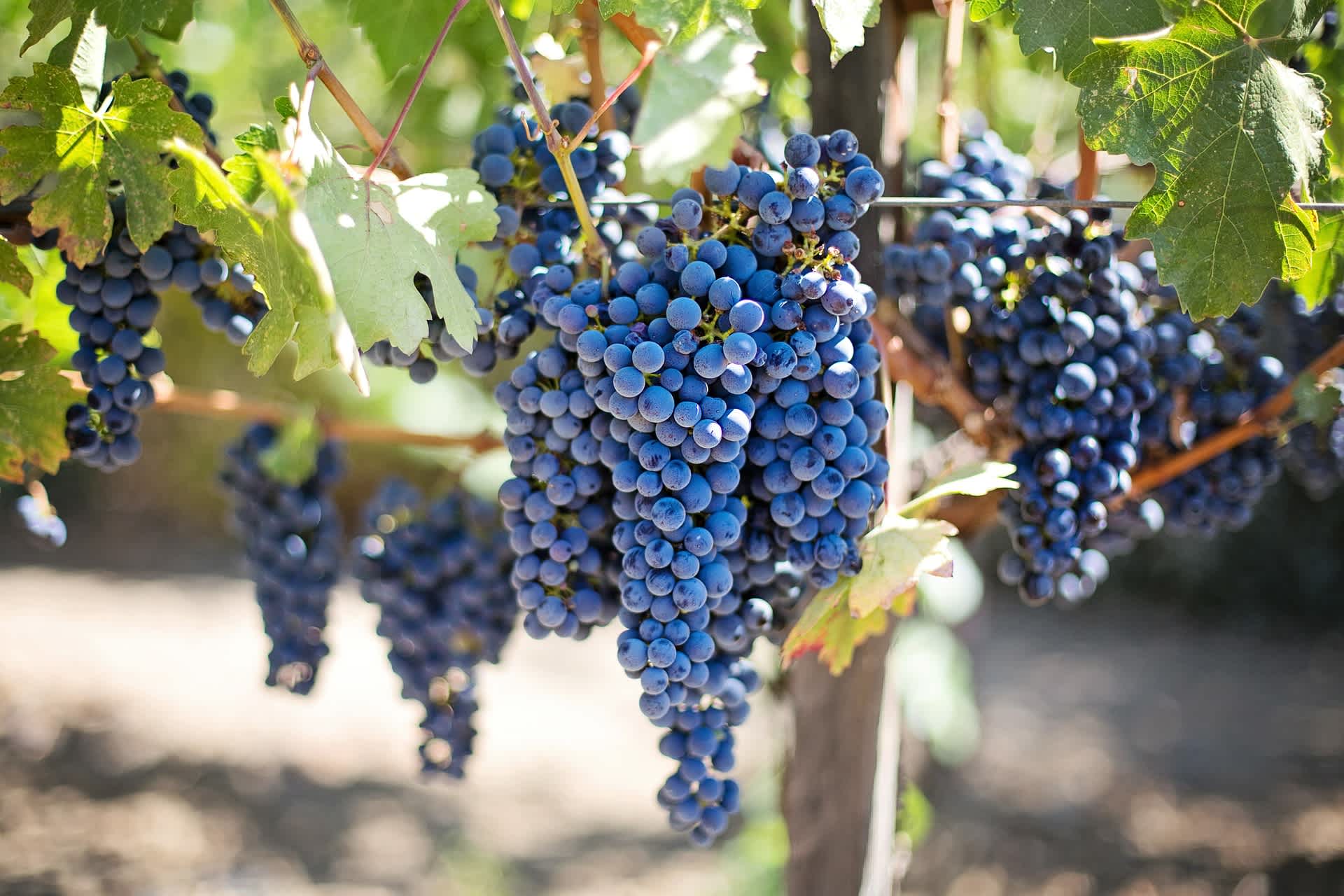Olivier Riviere Rayos Uva 2019



Product Details
Your Rating
Somm Note
Winemaker Notes
Other Vintages
2021-
Robert
Parker
-
Robert
Parker







Olivier was born and raised south of Bordeaux in Cognac. He later studied enology in Montagne St-Emilion focusing on biodynamic farming, followed by practical experience there, and later in Burgundy. The list of estates where he has worked is impressive by any standards from the most dedicated fans of natural wines (Elian da Ros & Domaine de Chassorney) to ultra-traditionalists (Domaine Leroy.) When his plans to set up a domaine in Fitou fell through, Olivier decided to spend a few years consulting in Spain, and he’s never left.
Coming from France, Olivier has an innate sense of terroir. Unlike many of his peers in Rioja, he bases his cuvees not on political boundaries or the length of barrel aging but on terroir. He believes in a quality hierarchy inspired by Burgundy with generic Appellation and Village wines at the base and Premier and Grand cru wines at the top. This is how to best understand what Olivier is doing in Rioja, rather than the traditional Crianza, Reserva, Gran Reserva model.
As Olivier has steadily and carefully grown his production he’s been hampered by the high prices for land and grapes in Rioja. As a result, he ventured into Arlanza, a relatively new DO located between Rioja and Ribera del Duero. In Arlanza he found high-elevation vineyards of Tempranillo (some quite ancient) intermixed with a scattering of Garnacha and Albillo. This mountain fruit is potentially sterner stuff than what Olivier had grown accustomed to in Rioja, but in his hands it is remarkably vibrant and complex.
In keeping with his education and advocation, nearly all of Olivier’s vineyard sources – whether owned or leased – are farmed organically with biodynamic practices. The fruit is harvested by hand and each variety is fermented separately. Depending on the source, it may be partially destemmed or fermented whole cluster. Fermentations are with indigenous yeasts. Macerations are gentle and short. Aging takes place in stainless steel or cement tanks, foudre, and barrel. SO2 is kept to a minimum, usually added only before bottling. There really is no precise recipe, only the guiding principles of minimal-intervention and taste.
These are not your grandparent’s Riojas (or Arlanzas, if it had existed 40 years ago) nor are they your parent’s. These wines represent a novel approach that relies almost entirely on the specificity of site and transparency of winemaking necessary to capture it.

With hundreds of red grape varieties to choose from, winemakers have the freedom to create a virtually endless assortment of blended red wines. In many European regions, strict laws are in place determining the set of varieties that may be used, but in the New World, experimentation is permitted and encouraged resulting in a wide variety of red wine styles. Blending can be utilized to enhance balance or create complexity, lending different layers of flavors and aromas. For example, a red wine blend variety that creates a fruity and full-bodied wine would do well combined with one that is naturally high in acidity and tannins. Sometimes small amounts of a particular variety are added to boost color or aromatics. Blending can take place before or after fermentation, with the latter, more popular option giving more control to the winemaker over the final qualities of the wine.
How to Serve Red Wine
A common piece of advice is to serve red wine at “room temperature,” but this suggestion is imprecise. After all, room temperature in January is likely to be quite different than in August, even considering the possible effect of central heating and air conditioning systems. The proper temperature to aim for is 55° F to 60° F for lighter-bodied reds and 60° F to 65° F for fuller-bodied wines.
How Long Does Red Wine Last?
Once opened and re-corked, a bottle stored in a cool, dark environment (like your fridge) will stay fresh and nicely drinkable for a day or two. There are products available that can extend that period by a couple of days. As for unopened bottles, optimal storage means keeping them on their sides in a moderately humid environment at about 57° F. Red wines stored in this manner will stay good – and possibly improve – for anywhere from one year to multiple decades. Assessing how long to hold on to a bottle is a complicated science. If you are planning long-term storage of your reds, seek the advice of a wine professional.

Highly regarded for distinctive and age-worthy red wines, Rioja is Spain’s most celebrated wine region. Made up of three different sub-regions of varying elevation: Rioja Alta, Rioja Alavesa and Rioja Oriental. Wines are typically a blend of fruit from all three, although specific sub-region (zonas), village (municipios) and vineyard (viñedo singular) wines can now be labeled. Rioja Alta, at the highest elevation, is considered to be the source of the brightest, most elegant fruit, while grapes from the warmer and drier Rioja Oriental produce wines with deep color and higher alcohol, which can add great body and richness to a blend.
Fresh and fruity Rioja wines labeled, Joven, (meaning young) see minimal aging before release, but more serious Rioja wines undergo multiple years in oak. Crianza and Reserva styles are aged for one year in oak, and Gran Reserva at least two, but in practice this maturation period is often quite a bit longer—up to about fifteen years.
Tempranillo provides the backbone of Rioja red wines, adding complex notes of red and black fruit, leather, toast and tobacco, while Garnacha supplies body. In smaller percentages, Graciano and Mazuelo (Carignan) often serve as “seasoning” with additional flavors and aromas. These same varieties are responsible for flavorful dry rosés.
White wines, typically balancing freshness with complexity, are made mostly from crisp, fresh Viura. Some whites are blends of Viura with aromatic Malvasia, and then barrel fermented and aged to make a more ample, richer style of white.
